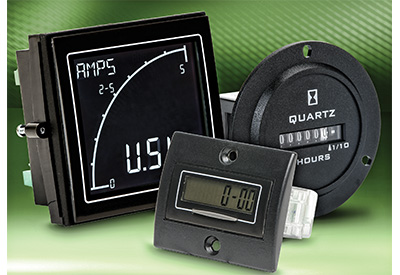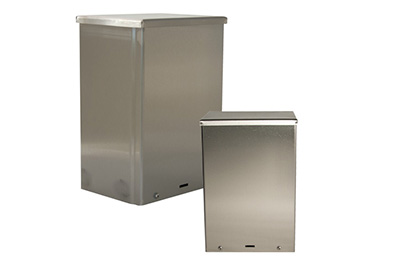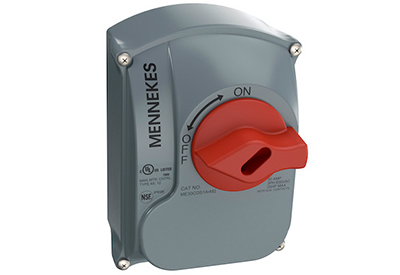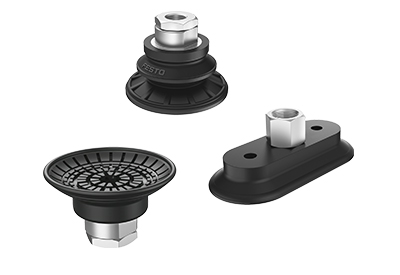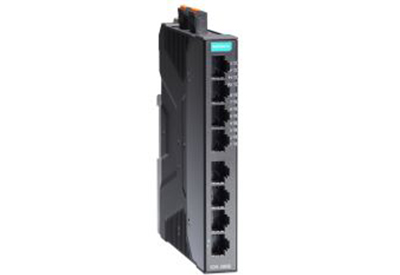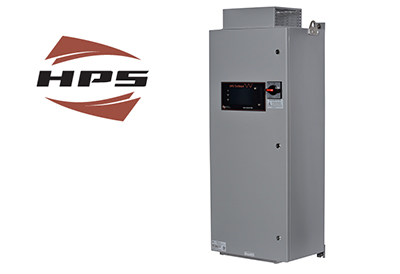Surge Protection Devices Guide
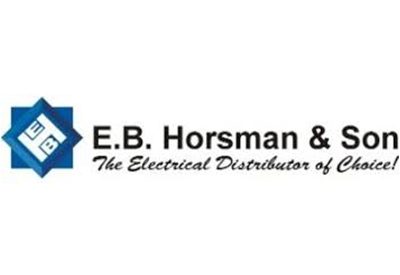
November 22, 2018
If you work in communications and distribution networks, then you are already well aware of the importance of Surge Protection Devices (SPD) in maintaining the functionality of your systems.
They are commonly used for power electric supply networks, distribution and communication networks, but did you know that they are also valuable in lighting systems?
You have made the investment on energy efficient LED lighting… Now is the time to ensure that you protect that investment to the best level! Time to ensure you have SURGE PROTECTION on the panel that is supplying those LED fixtures! LED fixtures utilize electronics that are susceptible to SURGE. Installing Surge protection at the distribution panel can reduce these surges and any potential damage that may occur.
What are Surge Protection Devices?
Surge Protection Devices (SPD) are electrical components used for voltage protection in power supply circuits and electrical distribution networks. They limit transient overvoltages and divert surge current to prevent equipment damage and downtime.
-
Nominal system voltage
A should match the utility system voltage where the device is to be installed
-
MCOV
The Maximum Continuous Operating Voltage, this is the maximum voltage the device can withstand before conduction (clamping) begins. It is typically 15-25% higher than the nominal system voltage.
-
VPR
Voltage Protection Rating. A rating per the latest revision of ANSI/UL 1449, signifying the “rounded up” average measured limiting voltage of an SPD when the SPD is subjected to the surge produced by a 6 kV, 3 kA 8/20 µs combination waveform generator. VPR is a clamping voltage measurement that is rounded up to one of a standardized table of values. The standard VPR ratings include 330, 400, 500, 600, 700, etc. As a standardized rating system, VPR allows the direct comparison between like SPDs (i.e. same Type and Voltage).
-
Nominal Discharge Current (In)
is the peak value of current, through the SPD having a current waveshape of 8/20 where the SPD remains functional after 15 surges. The peak value is selected by the manufacturer from a predefined level UL has set. I(n) levels include 3kA, 5kA, 10kA and 20kA and may also be limited by the Type of SPD under test. Type 1 = 10kA or 20kA. Type 2 = 3kA, 5kA, 10kA or 20kA. SPD manufacturer selects the current to test their product with. SPD subject to 15 surges at chosen current, 1 minute apart with rated voltage applied between surges.
-
SCCR
Short Circuit Current Rating. The suitability of an SPD for use on an AC power circuit that is capable of delivering not more than a declared rms symmetrical current at a declared voltage during a short circuit condition. SCCR is not the same as AIC (Amp Interrupting Capacity). SCCR is the amount of “available” current that the SPD can be subjected to and safely disconnect from the power source under short circuit conditions. The amount of current “interrupted” by the SPD is typically significantly less than the “available” current.
How to specify Surge Protection Devices
General rule of thumb assumptions
- A. Average design lifespan of electrical equipment should be roughly 30 years, thus SPD selection should fall within this design parameter.
- B. Need to specify appropriate SPD with highest “Nominal Discharge Current (In) rating”available (i.e. 10kA or 20kA). Additionally look at where SPD is to be placed, (ie. Service entrance, sub-panel, etc) to specify Type 1 (service ent.), or Type 2 (sub panel) or Type 3 (point of use). Highest (In) rating provides.
- C. Need to specify appropriate SPD with highest “Peak Surge Current” rating – provided by SPD manufacturer. (ie. 50kA, 100kA, 160kA, 250kA, etc) . . . generally higher the number, good indicator SPD will have longer life.
- D. Need to specify appropriate SPD with high “Short Circuit Current Rating” (SCCR), in order to match system available short circuit current level.
- E. Need to specify appropriate SPD with “Maximum Continuous Operating Voltage” that allows enough “space” so normal voltage fluctuations do not exceed the MCOV rating of the SPD. (ie. 120V system=150VMCOV, or 600V system=700MCOV).
Looking at SPDs, you would want
- 1. Industry experience has shown that SPD with peak surge current ratings of over 200kA – 300kA can last life of electrical equipment they are connected to (in high lightning area, or high surge area)
- 2. Typical sub-panel level, SPD with peak surge current rating of 100kA – 160kA provides necessary protection & good life span
- 3. Below sub-panel level (control panels or point of use SPD [powerbars]) peak surge current rating of 50kA – 100kA provides necessary protection & good life span
Why Nominal Discharge Current (In) matters
If Surge protection devices are OVERVOLTAGE protection . . . then why would you need to look at Nominal Discharge Current (In) ratings of SPD ?
In UL 1449 3rd edition, it was determined that ALL SPD manufacturers have their product tested to prove performance characteristics. In order to provide standard testing, Nominal Discharge Current (In) rating was chosen for a measure of how robust or rugged an SPD performs. While the SPD is an OVERVOLTAGE protection device, the I2t (discharge energy) that the SPD can handle safely without damage is selected by the manufacturer for the test. Typically Type 1 = 10kA or 20kA, Type 2 = 3kA, 5kA, 10kA or 20kA.
When selecting or specifying an SPD, looking at all other performance characteristics, one should select/specify an SPD with highest Nominal Discharge Current (In) rating. This will provide the greatest degree of longevity for the SPD (based on ACTUAL test results).
Looking at I2t :
- 10kA (In) rated SPD will ONLY take 25% of energy that a 20kA (In) rated SPD will handle
- 5kA (In) rated SPD will ONLY take 6.25% of energy that a 20kA (In) rated SPD will handle
- 3kA (In) rated SPD will ONLY take 2.25% of energy that a 20kA (In) rated SPD will handle
Peak Surge Current rating is a measure of how large, or expected longevity of an SPD is, as given by the manufacturer. Peak Surge Current is NOT a UL 1449, 3rd edition, tested parameter. Rather it is information that each manufacturer determines for their given product.
Mersen Surge Protection Devices in Stock at E.B. Horsman & Son
Did you know? 80% of surges occur WITHIN your own facility! Utilizing a Mersen Surge Protective Device on your electrical distribution panel ensures a high degree of surge protection!
Features:
- ✓ LED indicator to show when protected!
- ✓ Easy Installation
- ✓ TPMOV technology ensures high level of SURGE protection for minimal investment

